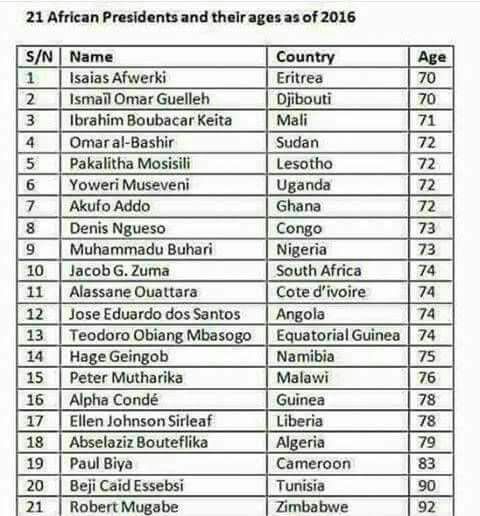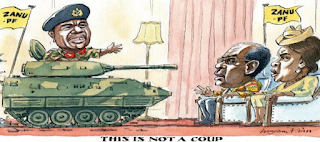HOW THE FAST AND FURIOUS FRANCHISE USED CARS TO SYMBOLIZE THE AMERICAN DREAM

Fast cars and Hollywood have always been a crucial part of American identity, with the former helping to shape the cool identity of the latter, adding an aspirational accessory to aspirational imagery on screen. In turn, cinema was America’s subconscious writ large; the American dream played out across multiplexes nationwide. Anyone could become anything they wanted, and their exploits were projected before the eyes of millions at 24 frames a second.
In the past decade, the retooled Fast and Furious franchise (the eighth chapter of which speeds into cinemas this week) has taken that relationship to the next level, turning cars into a status symbol of almost religious importance. They’ve always denoted cool, courage and wealth, but now they aren’t just vehicles with which to smash speed limits and chase villains – they are vehicles of social mobility in and of themselves. Few would have predicted it, but right now the clearest example of the American dream on screen is a macho telenovela with a $250m budget.
With its resolutely blue-collar heroes and diverse cast, the series feels tailor-made for the American dream narrative. Like so many blockbusters, it tells the story of ordinary guys who can do extraordinary things, particularly when they’re behind the wheel. It’s perhaps unsurprising that cars are the ideal vehicle for this message when they are such a transcendent status symbol. It doesn’t matter if you’re working class or a billionaire – having a great car elevates you above your peers. In that respect, it is a great equalizer, proving, as the series so often does, that it doesn’t matter who you are or where you come from but only how you drive.
Cars are the means with which the central heroes pursue the American dream, but the films notably represent a very male version of that quest. The old cliche about flashy cars being an extension of the male ego is truer than ever in this universe. The majority of the heroes are men, and although the female drivers are just as tenacious behind the wheel, problems arise the second they put their feet on solid ground.
Working hard to ensure the male gaze is central to blockbuster film-making, the only thing the films fetishize more than cars is women. They’re shot with the exact same leery lens, with close-ups lingering over bodywork as male characters lick their lips. Fast cars or fast women: it’s all the same to them. Every film ends with a near-identical montage of anonymous bikini-clad babes displayed alongside our heroes’ beloved cars. At the end of the day, they’re both just trophies.
In that sense, cars provide a surprisingly safe and utopian space within the series, where the sexism and objectification of the outside world is briefly forgotten and all that matters is how well you can drive. This safe space is not just metaphorical but literal, considering the staggering abuse the cars and their occupants withstand while sustaining barely a scratch. The perfect encapsulation of the series’ collision of male egos and its sanctification of the car is a scene in Furious 7 in which the cockney ninja Jason Statham and the melting potato Vin Diesel crash headfirst at high speed in what should be a lethal game of chicken – but in this universe, it proves about as dangerous as an actual chicken.
The series adopts the American dream not only in message but in form, delivering a blockbuster ruled by dream logic more than trivial things such as physics. Offering the most liberal interpretation of gravity since Interstellar, Furious 7 delivered three of the most ridiculous blockbuster moments of the 21st century in the space of 20 minutes. First, the team drop five cars out of a plane before parachuting them on to a country road. Then Bryan (Paul Walker) sprints his way along the top of a bus as it slides off a cliff edge before jumping to safety – on to another car, obviously, not the ground – how very dare you. All this is topped by Dom Toretto (Diesel) jumping a car through three Abu Dhabi skyscrapers in a row. You don’t need a PhD in physics to know all of this is impossible.
But this world is ruled by fantasy and fun, not logic. It’s a world where asking how many cars it takes to destroy a cargo plane isn’t the setup for a bad joke, but a rational question with the answer: three.
Remember that moment in Speed where the bus jumps an impossible gap? The Fast and Furious films are like a magician saw that fumbled sleight of hand and realized it could be disguised a lot better if you made the leaps of faith greater and the cars faster. The bigger the spectacle, the bigger the distraction, the more audiences will accept in the name of entertainment. After all, it’s a dream – it doesn’t have to make sense.
Cars are so fundamental to the way this universe functions that in the end, being inside one is almost like being in a church. They offer salvation, protection, and no shortage of idols to worship. Cars don’t just help the team chase the American dream and better themselves: they’re there to catch the characters when they fall short.
There is one scene in Fast & Furious 6’s finale where the tank carrying Letty (Michelle Rodriguez) is jerked to a halt by the makeshift anchor of a muscle car as the characters are crossing an elevated bridge, catapulting her to her certain doom. Arriving from the opposite direction, Dom hangs out of the car’s door and intentionally crashes into the bridge’s railings, firing himself to her rescue like a tan cannonball. He catches her and they land on a car (it’s always a car). She asks: “How did you know there would be a car there to take our fall?” He replies: “I didn’t. Some things you just need to take on faith.”
The characters in these films worship cars, and rightly so, because within this world ruled by the twisted logic of the American dream, cars are everything. They are the tools with which our heroes make their fortunes and better their blue-collar lives. They are the weapons with which they fight, delivering more car-on-car action than Transformers fan fiction. And they are the armor that protects them, offering invincibility and escape. The Fast and Furious franchise breaks the laws of physics and laughs in the face of logic, but there is one rule that holds firm: anything is possible inside a fast car.






Comments
Post a Comment